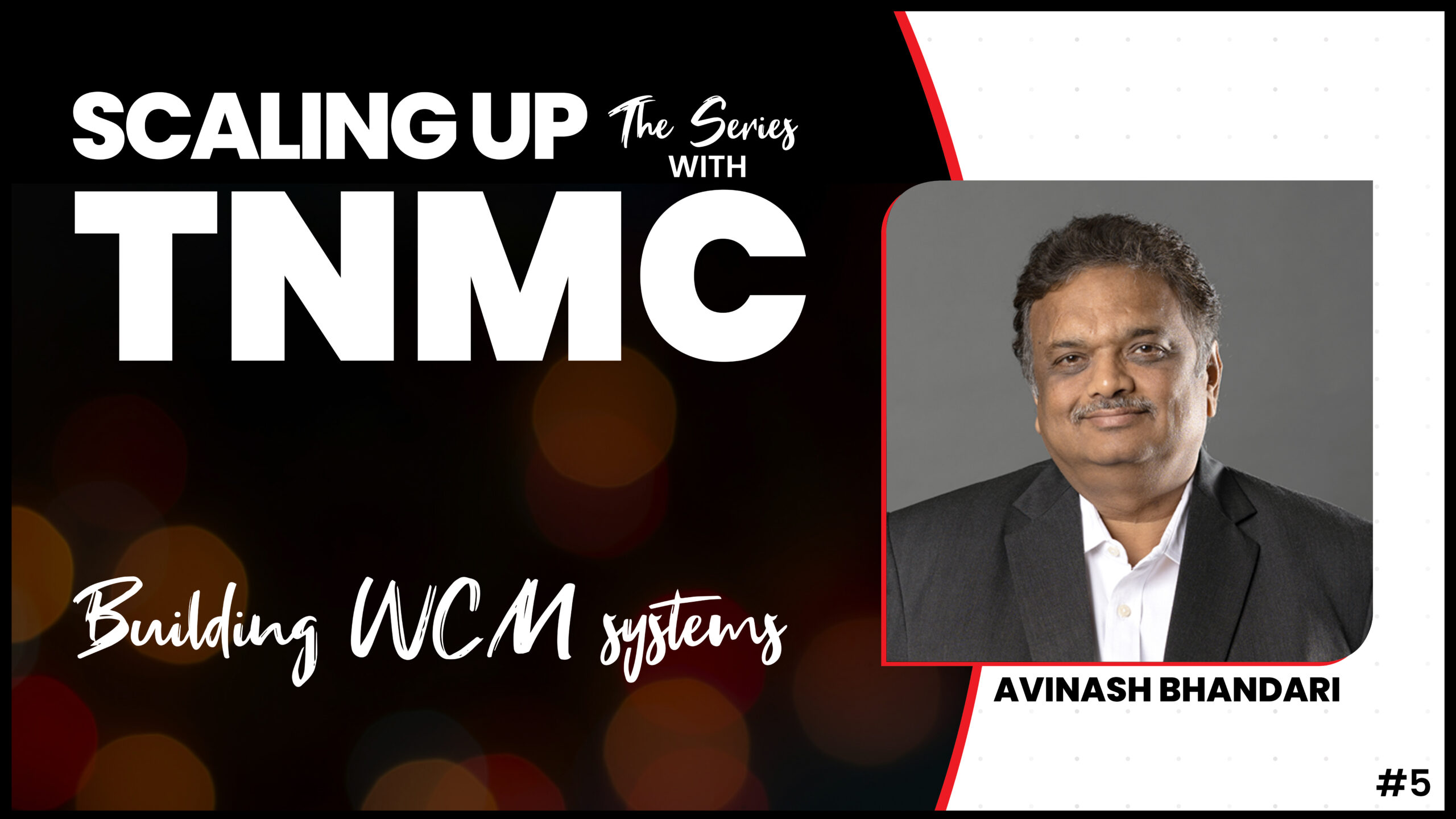
Scaling Up requires building World Class Manufacturing Systems and implementing operational excellence practices
Within the evolving framework of business expansions, the last two decades have witnessed the pervasive influence of Operational Excellence ( OE ) practices across diverse industries. From Total Preventive Maintenance (TPM), Total Quality Management (TQM), Lean and Six Sigma to Kaizen and 5S methodologies, the adoption of these practices has become integral to normal operations. As companies embark on the journey of scaling up, the significance of building World Class Manufacturing Systems cannot be overemphasized.
While pursuing a low cost or a differentiation strategy, integrating operational excellence principles enhance the productivity and efficiency of the systems. Operational excellence is not confined to manufacturing; it permeates all facets of operations including supply chain, offering a systematic approach to continuous improvement. Even in sectors where products or customer relationships take center stage, the adoption of operations excellence practices can make systems more robust, resilient, and responsive.
A fundamental advantage of operations excellence lies in its capability to reduce waste and streamline processes, ultimately contributing to cost reduction and improved profit margins. The emphasis on eliminating inefficiencies, enhancing quality, and optimizing resource utilization aligns seamlessly with the goals of scalability. As organizations grow, the importance of operating at peak efficiency becomes increasingly critical, and operations excellence provides the framework to achieve precisely that. Moreover, certain operational capabilities arising from best OE practices can serve as potent differentiators, adding significant value for customers.
Whether it’s the implementation of Total Productive Time (TPT) strategies or optimizing delivery times, these operational enhancements become strategic assets that set companies apart in a competitive landscape. However, it’s crucial to distinguish OE from strategy or strategy execution. While OE is a powerful enabler and contributor to efficiency and productivity, it should not be confused with the broader strategic decisions that steer the company’s direction. A robust strategy sets the overarching goals and direction ( effectiveness ) while OE serves as the engine driving the efficiency in various processes making them best-in-class ( efficiency ). While strategy is about choosing a set of activities that differentiates it from the competition and allows delivering a unique value, OE attempts to make these activities more and more efficient.
In conclusion, as businesses scale up, building World-Class Manufacturing Systems through the adoption of OE practices emerges as a key determinant of success. Whether pursuing a low cost or differentiation strategy, the principles of efficiency, productivity, and continuous improvement inherent in OE provide a solid foundation for growth. In fact, building World Class Manufacturing Systems and implementing OE practices become even more critical if the company is pursuing a low cost strategy. Organizations must recognize the nuanced relationship between strategy and OE, leveraging the latter as a potent tool to enhance operations, reduce costs and improve productivity to deliver exceptional value to customers.

